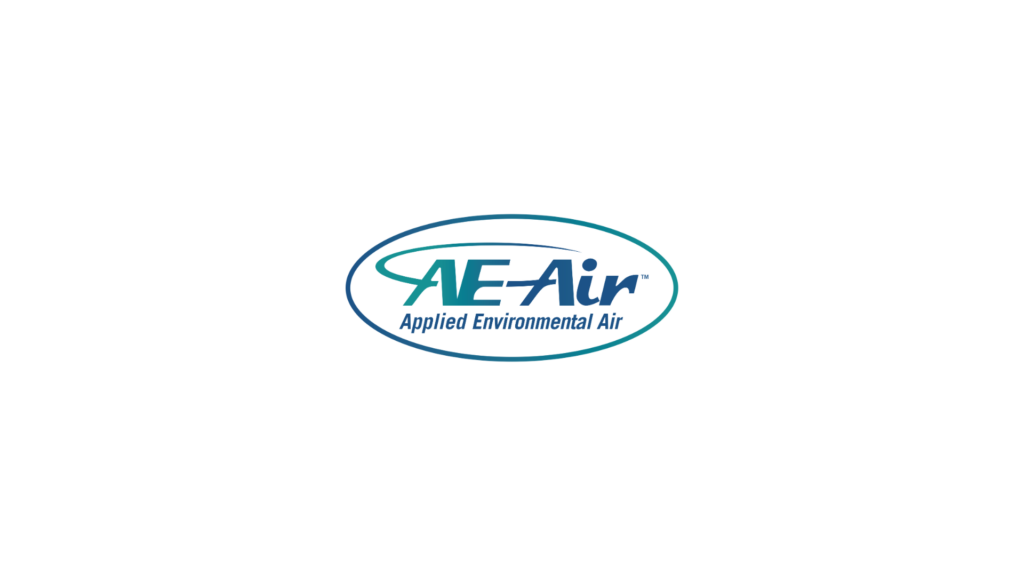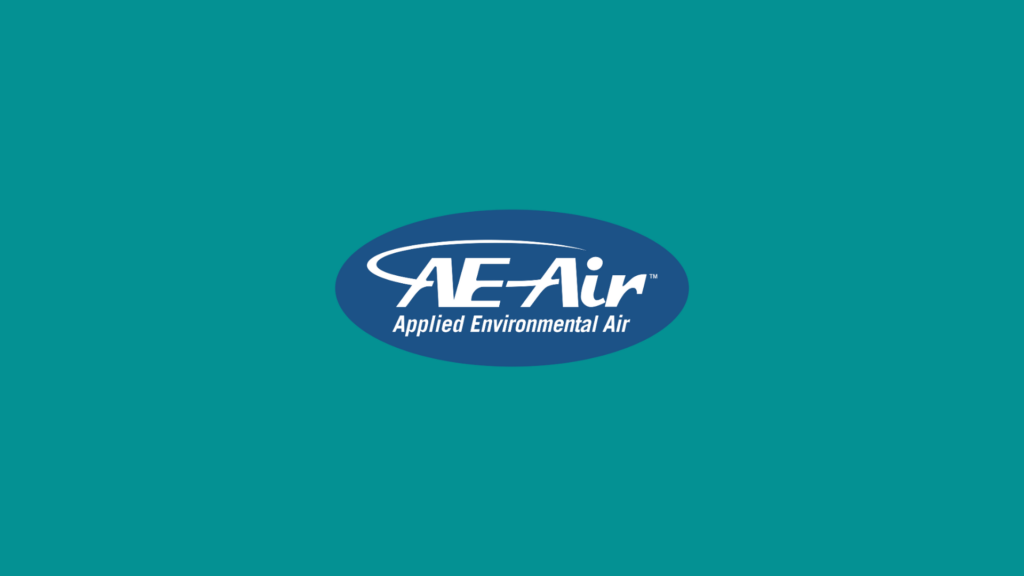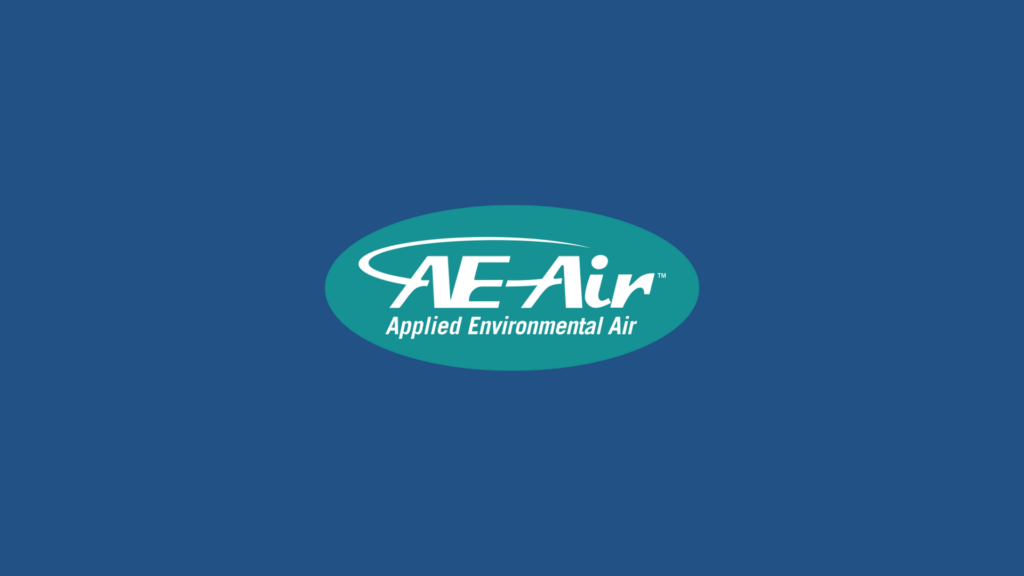Introduction
Running a school involves a lot of expenses, and energy bills can take up a big chunk of the budget. Heating, cooling, lighting, and powering various electrical devices all contribute to high costs. With many schools facing tight budgets, finding ways to reduce these expenses is crucial. One effective way to cut energy costs is through the use of efficient HVAC systems.
In this article, we’ll explore how schools can better understand their energy costs and how installing and maintaining efficient HVAC systems can make a significant difference. We’ll also look at smart HVAC features that can help save even more money and best practices to ensure these systems run optimally. If you’re looking to trim your school’s energy bills, read on to find out how HVAC can make a big impact.
Understanding Energy Costs in Schools
Common Energy Expenses in School Buildings
Schools consume a lot of energy due to their size and the number of activities taking place daily. The primary energy expenses for schools include heating, cooling, lighting, and running various electrical devices and appliances. Heating and cooling alone often make up a significant portion of the energy bill, as maintaining a comfortable indoor environment requires a lot of power, especially in extreme weather conditions.
Lighting is another major expense, with classrooms, hallways, gyms, and outdoor areas needing illumination for extended hours. Additionally, computers, lab equipment, kitchen appliances, and other electronics all contribute to electricity usage. Together, these factors drive up energy costs, making it challenging for schools to manage their budgets efficiently.
Factors Contributing to High Energy Bills
Several factors can cause energy bills to soar in school buildings. Poor insulation and outdated HVAC systems can lead to inefficient heating and cooling, causing the systems to work harder and consume more energy. Old windows and doors that lack proper seals also allow air to escape, making it difficult to maintain a stable indoor temperature.
Another contributing factor is the lack of modern energy management systems. Without programmable thermostats or sensors, schools cannot optimize heating and cooling schedules, leading to energy wastage. Inefficient lighting systems, like incandescent bulbs, further add to the cost, as they use more electricity compared to LED or fluorescent lights.
By identifying these key factors, schools can take steps to address inefficiencies and reduce their energy consumption, thereby lowering their overall energy bills.
How HVAC Systems Can Reduce Energy Use
Efficient Heating and Cooling Technologies
Modern HVAC systems come equipped with efficient heating and cooling technologies that can significantly reduce energy use. These systems use advanced methods like variable refrigerant flow (VRF) and inverter-driven compressors to regulate temperature more precisely and use energy more efficiently. Unlike older units that operate in an all-or-nothing mode, these technologies adjust the power consumption based on current needs, conserving energy in the process.
Another innovation is the use of geothermal heat pumps, which leverage the stable temperatures underground to provide heating and cooling. These systems are highly efficient and can cut energy consumption by up to 50% compared to traditional heating and cooling methods. By upgrading to these advanced HVAC systems, schools can see a substantial reduction in their energy bills.
Temperature and Air Quality Management
Effective temperature and air quality management is another way HVAC systems can help schools save money. Maintaining a consistent indoor temperature reduces the strain on HVAC units, preventing them from working overtime and consuming excess energy. Proper zoning can also help, allowing different areas of the school to be heated or cooled independently based on use and occupancy.
Moreover, modern HVAC systems often include air quality management features that filter out pollutants and maintain optimal humidity levels. Clean air reduces health-related absences and maintenance issues, ultimately saving schools money. Investing in HVAC systems with these capabilities not only controls temperature efficiently but also ensures a healthier environment for students and staff.
Smart HVAC Features That Help Save Money
Programmable Thermostats and Sensors
Programmable thermostats and sensors are smart features that can significantly reduce energy costs in schools. These devices allow precise control over the heating and cooling schedules, ensuring that energy is used only when needed. For example, programmable thermostats can be set to lower heating or cooling during nights and weekends when the school is empty. This can lead to substantial savings on energy bills.
Additionally, sensors can detect occupancy and adjust temperatures accordingly. If a classroom or office is unoccupied, the HVAC system can automatically reduce its output to save energy. This dynamic adjustment helps prevent energy wastage and maintains a comfortable environment when and where needed. By incorporating these smart features, schools can optimize their energy use without sacrificing comfort.
Energy Recovery Ventilation Systems (ERVs)
Energy Recovery Ventilation Systems (ERVs) are another advanced feature that helps schools save on energy costs. ERVs work by capturing energy from the exhaust air and using it to precondition incoming fresh air. This process helps maintain indoor air quality without the need for extra heating or cooling, thus reducing the overall energy consumption.
ERVs are especially effective in environments with varying temperatures and humidity levels. By balancing the indoor climate more efficiently, ERVs reduce the load on HVAC systems, leading to lower energy bills. Installing ERVs in schools can help maintain a healthy indoor environment while conserving energy and reducing costs.
Best Practices for Maintaining Cost-Effective HVAC Systems
Regular Maintenance Checks and Upgrades
Regular maintenance is crucial for keeping HVAC systems running efficiently and cost-effectively. Routine checks should include inspecting and cleaning air filters, ducts, and coils. Dirty components can reduce airflow and force the system to work harder, using more energy. Regular cleaning and timely replacements ensure optimal performance and energy efficiency.
Upgrading outdated equipment is another important step. Investing in modern, energy-efficient systems can provide better temperature control and lower energy consumption. Even simple upgrades, like installing programmable thermostats or energy-efficient motors, can lead to significant savings. Scheduling annual professional inspections can help identify potential issues early, avoiding costly repairs and energy waste.
Staff Training and Proper Usage Strategies
Educating school staff on the proper use of HVAC systems can further enhance efficiency. Teachers and administrative staff should understand how to use programmable thermostats and sensors effectively. Simple actions like closing windows and doors when the HVAC system is on and setting appropriate temperature levels can make a big difference.
Implementing usage strategies based on the school’s schedule can also help. For instance, adjusting the system to operate at reduced capacity during off-peak hours or non-school days conserves energy. Encouraging habits such as turning off unnecessary lights and equipment complements HVAC efficiency efforts, resulting in lower energy bills overall.
Conclusion
Efficient HVAC systems are more than just a way to maintain a comfortable environment; they’re also a smart investment for schools looking to cut energy costs. By understanding common energy expenses and the factors contributing to high bills, schools can take targeted actions to reduce usage. Modern HVAC technologies, smart features like programmable thermostats and ERVs, and best practices in maintenance and usage all play a critical role in achieving cost savings.
Properly managed HVAC systems can make a significant difference, freeing up funds that can be better spent on educational resources and activities. At AE Air, we specialize in crafting advanced HVAC solutions tailored to meet the specific needs of educational institutions. If you’re ready to lower your school’s energy bills and create a more efficient and comfortable learning environment, contact us today to explore our range of solutions.


